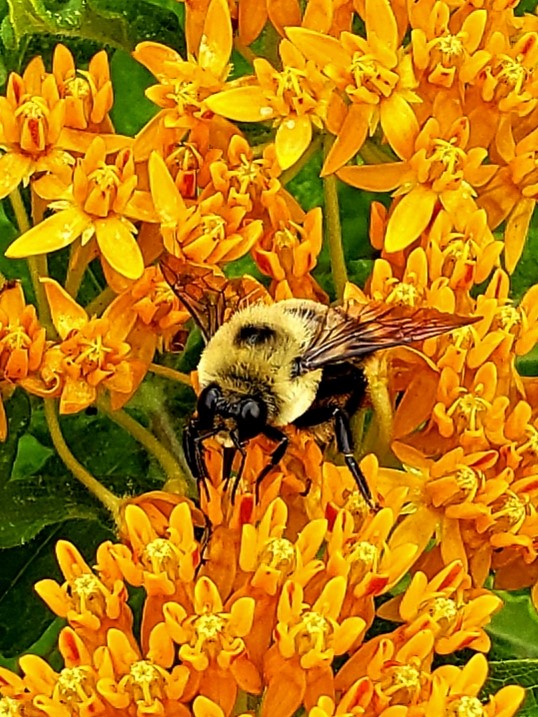Butterfly Weed
go.ncsu.edu/readext?623746
en Español / em Português
El inglés es el idioma de control de esta página. En la medida en que haya algún conflicto entre la traducción al inglés y la traducción, el inglés prevalece.
Al hacer clic en el enlace de traducción se activa un servicio de traducción gratuito para convertir la página al español. Al igual que con cualquier traducción por Internet, la conversión no es sensible al contexto y puede que no traduzca el texto en su significado original. NC State Extension no garantiza la exactitud del texto traducido. Por favor, tenga en cuenta que algunas aplicaciones y/o servicios pueden no funcionar como se espera cuando se traducen.
Português
Inglês é o idioma de controle desta página. Na medida que haja algum conflito entre o texto original em Inglês e a tradução, o Inglês prevalece.
Ao clicar no link de tradução, um serviço gratuito de tradução será ativado para converter a página para o Português. Como em qualquer tradução pela internet, a conversão não é sensivel ao contexto e pode não ocorrer a tradução para o significado orginal. O serviço de Extensão da Carolina do Norte (NC State Extension) não garante a exatidão do texto traduzido. Por favor, observe que algumas funções ou serviços podem não funcionar como esperado após a tradução.
English
English is the controlling language of this page. To the extent there is any conflict between the English text and the translation, English controls.
Clicking on the translation link activates a free translation service to convert the page to Spanish. As with any Internet translation, the conversion is not context-sensitive and may not translate the text to its original meaning. NC State Extension does not guarantee the accuracy of the translated text. Please note that some applications and/or services may not function as expected when translated.
Collapse ▲Botanical Name:
Asclepias tuberosa
Common Name(s):
Butterfly Weed, Pleurisy Root
Category:
Herbaceous Perennial
Comment:
Unlike many milkweeds Butterfly weed does not have milky-sapped stems. Flowers are a food source for many types of butterflies and the leaves are eaten by the Monarch larvae. May take 2-3 years to establish and produce many flowers. Crown rot can be a problem in wet poorly drained soils.
Height:
1-2.5 feet
Flowering Period:
June to early September
Flower Color:
Orange
Usage:
Butterfly gardens, prairies, naturalized areas
Hardiness:
USDA zones 3-9
Propagation:
Easily grown from seeds. Plant produces seed pods that will split open and disperse silky seeds. Difficult to transplant because of the long taproot.
Exposure:
Full Sun
Soil:
Easily grown in average to medium soils. Also does well in poor dry soils.
Regions:
Mountains, Piedmont, Coastal Plain
Origins:
Eastern and Southern United States
Pollinator(s) attracted:
Butterflies, Bees
Page by Tracie Bowers EMGV








